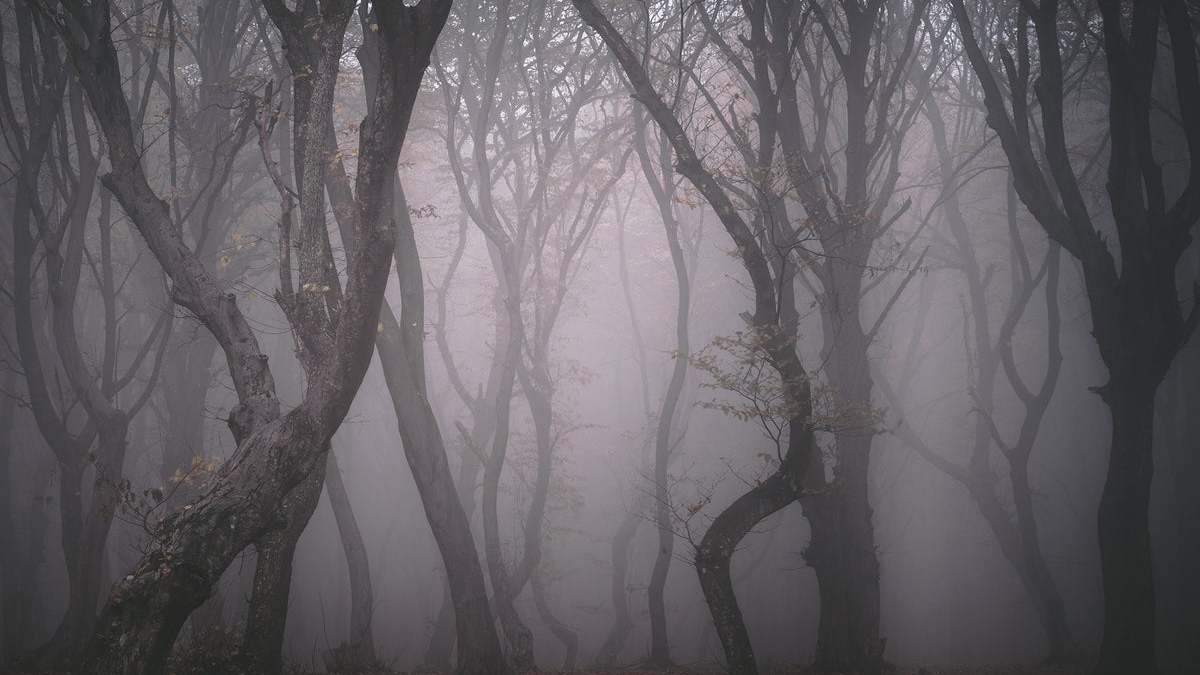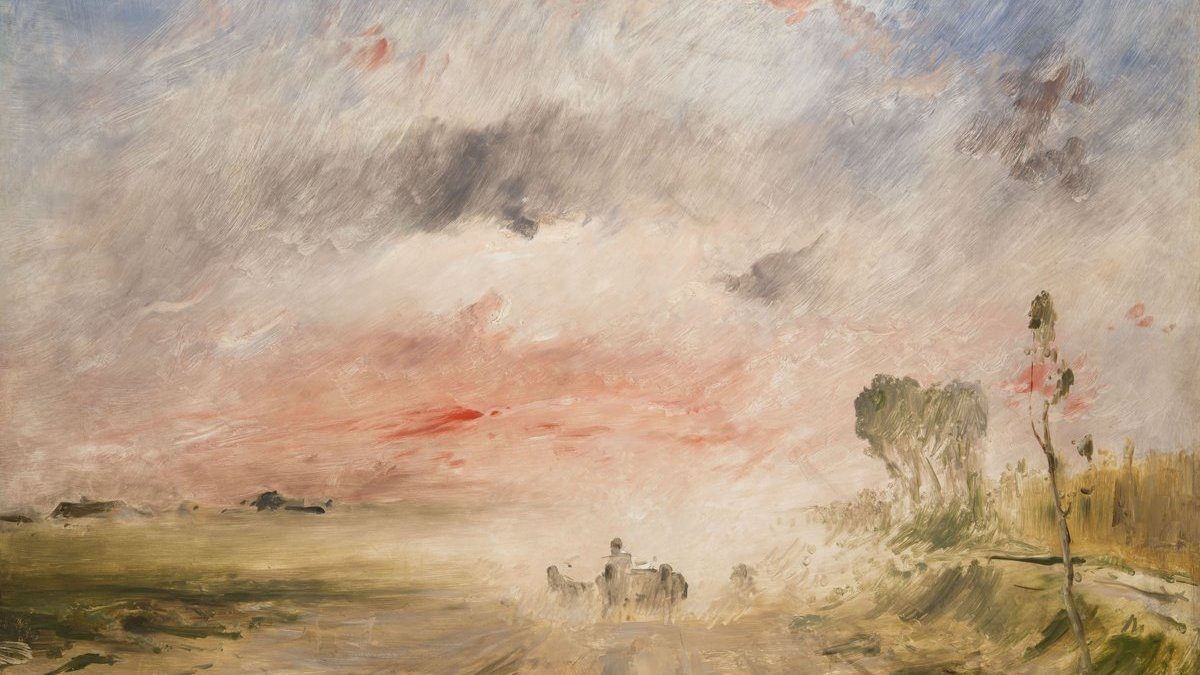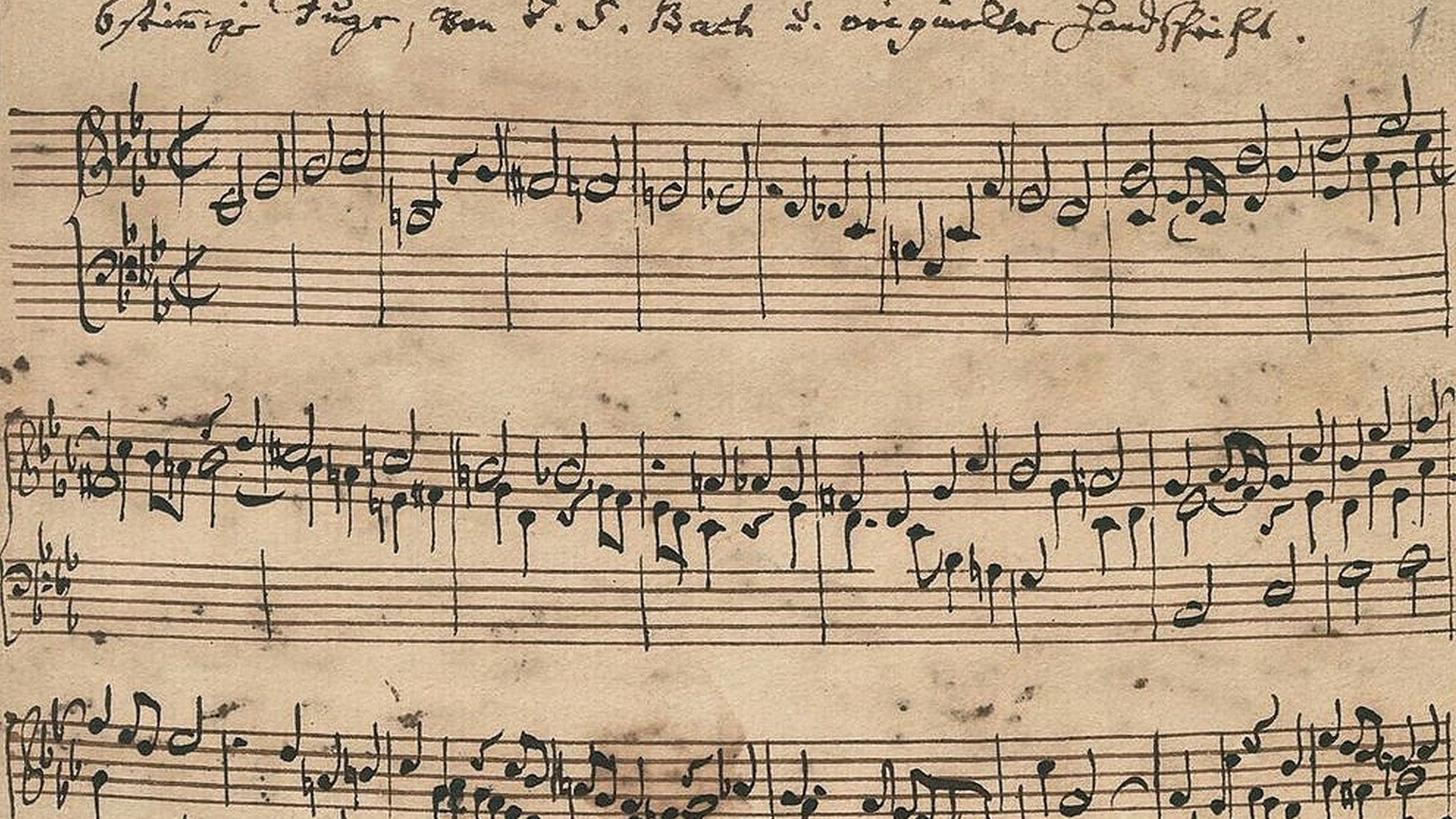Mario Lavista’s “Reflejos de la Noche”: Sonic Mirrors
Mario Lavista, one of the most acclaimed Mexican composers of his generation, passed away last Thursday at the age of 78. Born in Mexico City, Lavista studied with Carlos Chávez, Héctor Quintanar, and Rodolfo Halffter at the Conservatorio Nacional de Música. In the 1960s, he went on to study in Paris with Henri Pousseur, Nadia Boulanger, Christoph Caskel, and Karlheinz Stockhausen. In 1970, he founded Quanta improvisation, an ensemble dedicated to spontaneous …







